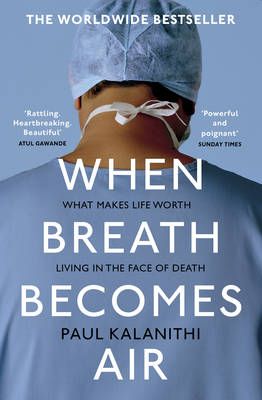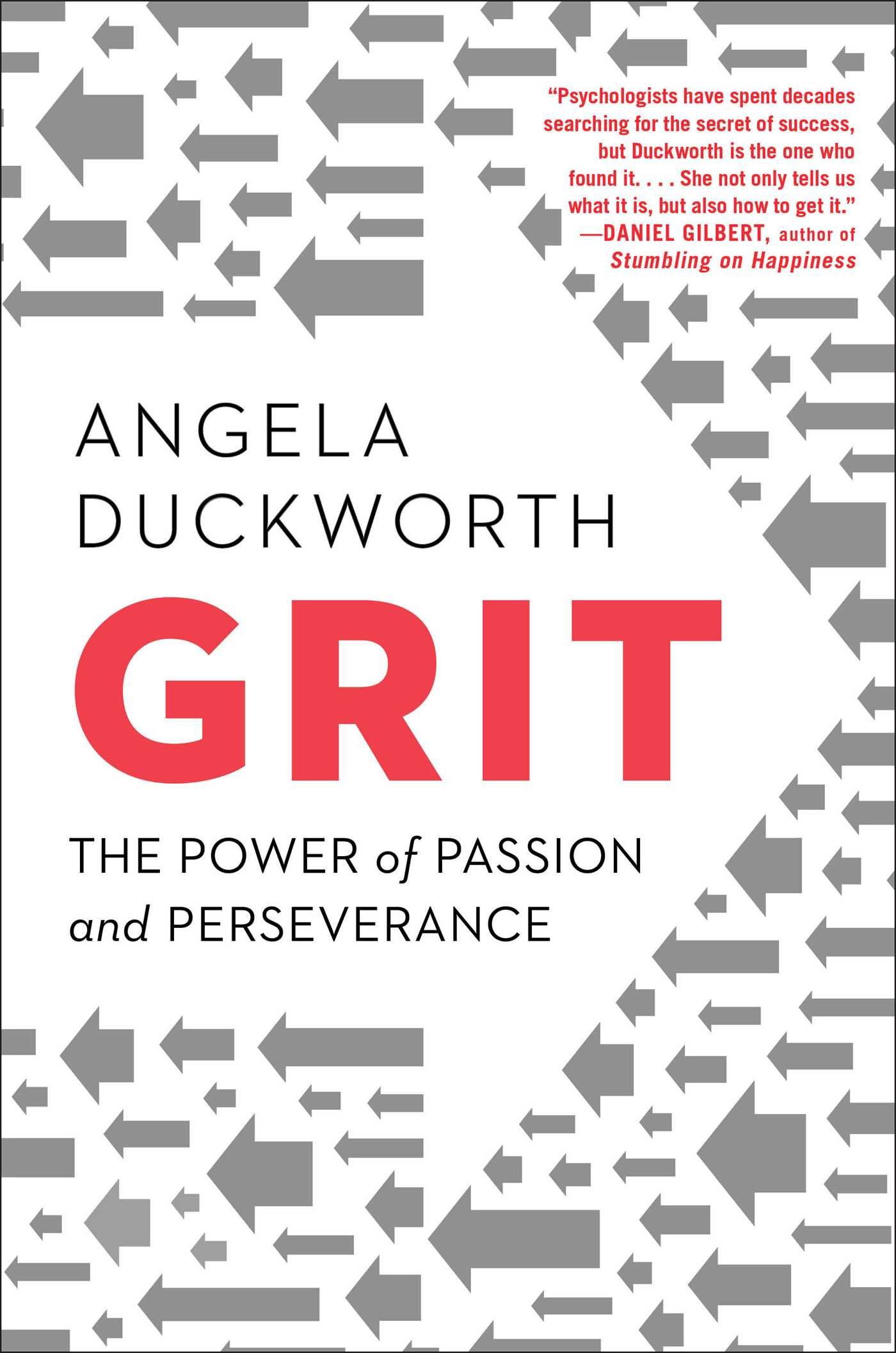By Chip Heath and Dan Heath (2007)
Pages: 290, Final verdict: Great-read
Why do some ideas thrive while others die? “A lie can get halfway around the world before the truth can even get its boots on”, Mark Twain said. Urban legends or conspiracy theories circulate fast, unlike many more important ideas in the world. How do we improve the chances of worthy ideas?
“Made to Stick shows us principles of winning ideas - and tells us how we can apply these rules to making our own messages stick.” - Chip Heath and Dan Heath
Make it a SUCCES(s)
I experiment with this review according to the book's main principle. Let's read a story from the book on page 242:
Chip Heath, one of the authors of the book, teaches a course "Making Ideas Stick" at Stanford University. He uses a speaking exercise in the second session of the course. Each student needs to prepare one minute speech about crime patterns in the United States. Students receive some data from a government source to justify their points. Half of them are trying to convince the group that non-violent crime is a serious problem in the USA; the other half argues the opposite. Once students deliver the speeches, they evaluate them in the group. It is not surprising that the most eloquent speakers get the highest ratings from the audience.
The exercise is done and the class moves on. After a few minutes of watching a brief Monty Python clip, the lecturer asks the students to write on a blank paper every idea they remember from each speech. There is neither a long period to forget the speeches, nor a huge amount of information to remember. Yet, some are unable to remember a single concept from a speech. Students wonder how little they remember.
Why did majority of students fail to make their peers remember any point from a speech? Stanford's students are, in general, witty, hard-working, and talented. The best orators, previously evaluated by students in the class, do not always manage to make their ideas stick. Their charismatic rhetoric implies no relation with remembering what they spoke about. It seems that a speaking talent does not guarantee that students remember ideas. That is the focal point of the book—to learn, with the specific framework, how to be remembered by an audience.
“Many of us struggle with how to communicate ideas effectively, how to get our ideas to make a difference.” - Chip Heath and Dan Heath
I decompose the previous text based on the book's framework:
- The text is simple. It has one central idea to tell – in general, we fail at making our ideas be remembered. Most likely, you can retell the story to your friends in the bar without reading the review again.
- The text is unexpected. BetaGlyph's reviews are not usually of this kind. It might surprise a regular reader of the blog. Some might be annoyed as well.
- The text is concrete. It tells a story from a Stanford's class, details are vivid. Majority of us can imagine how the exercise looked like.
- The text is credible. Sort of. It does not have any authority to back it up, though.
- The text is emotional. Well, it is not. Sorry!
- The text is story/narrative. It uses a story from a real classroom.
Here is the framework that helps to make ideas stick. Put together first letters of the framework — SUCCES (it helps to remember the framework). Authors also uploaded a visualisation of the framework on-line. It is a useful guide for creating various ideas. Most successful ideas often combine many aspects of the framework.
Of course, Made to Stick offers more than a framework for communication. Still, I stick with one point I consider the most important in the book to remember. If your curiosity is aroused right now, you will, most likely, find an opportunity to read the book.
Bottom Line
The book is a tour of success stories (and, sometimes, failures). As a result, the reading is easy and free-flowing. The writing style is built on narratives, which help to grasp main ideas fast.
However, Made to Stick does not offer an extensive explanation how to achieve the skill. It runs like this: you have a topic, bunch of examples where ideas worked and where ideas failed, and some concluding remarks. Then, deal with it. Authors use Idea Factory (part of the book) as a place to work out solutions on my own, but it neither covers a lot of space, nor different scenarios. I will be delighted if the book discusses shortcomings of its framework. I doubt the framework works in every case. Without this part, the framework feels more like a preaching. It is a matter of a taste, though.
All in all, the book has had an impact on how I perceive the communication. No matter if you are a journalist, a developer, or a doctor, you need to communicate with people. Reading Made to Stick helps you understand how they may remember what you say.
Further learning:
This post was written by Ivan Bielik (@bielik_ivan), a guest author at BetaGlyph. You can find out more about the author at betaglyph.com/about.



